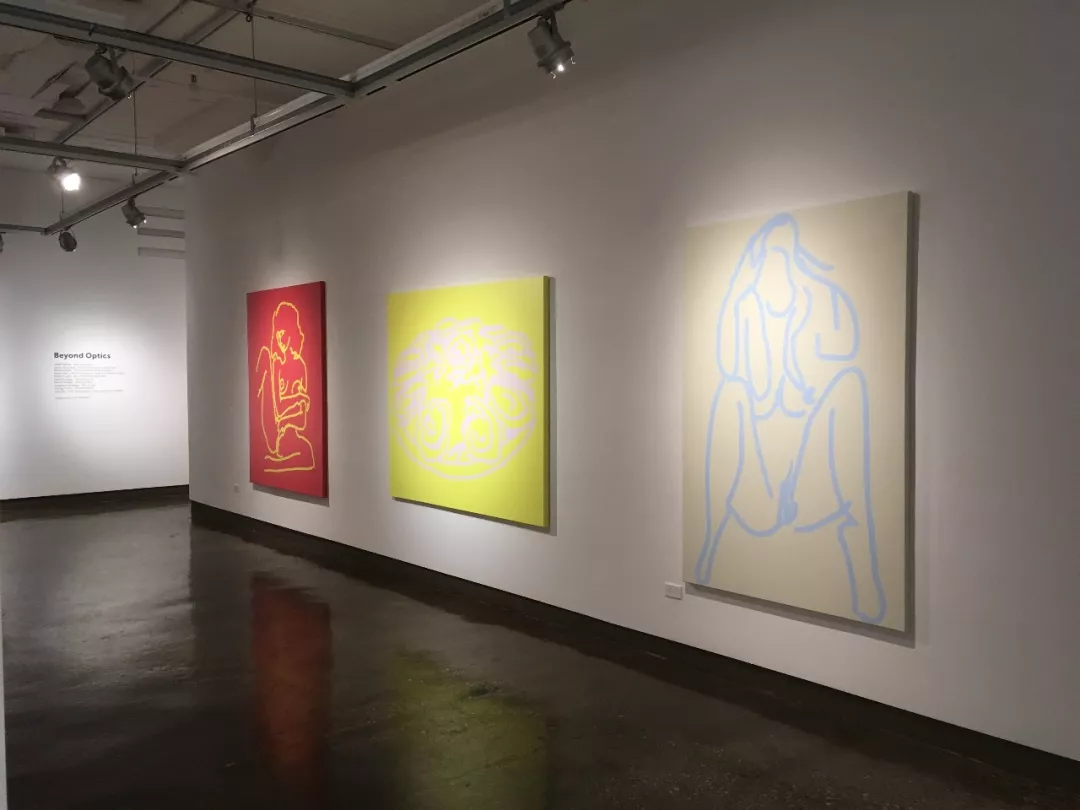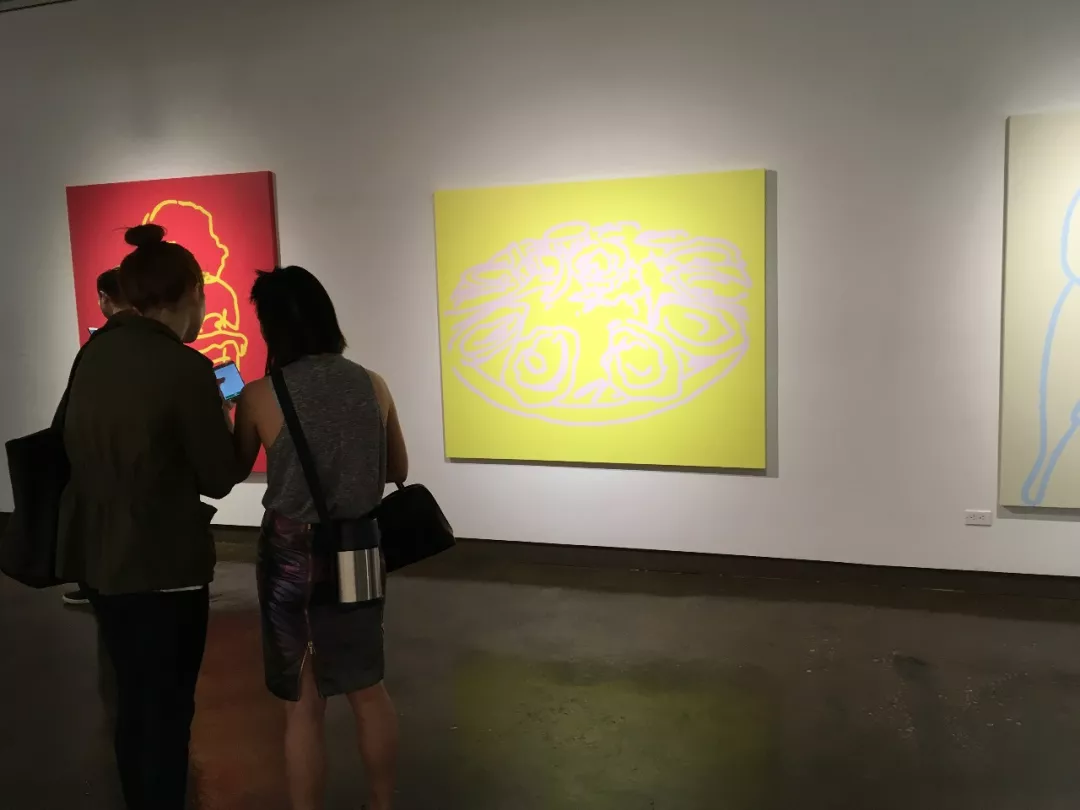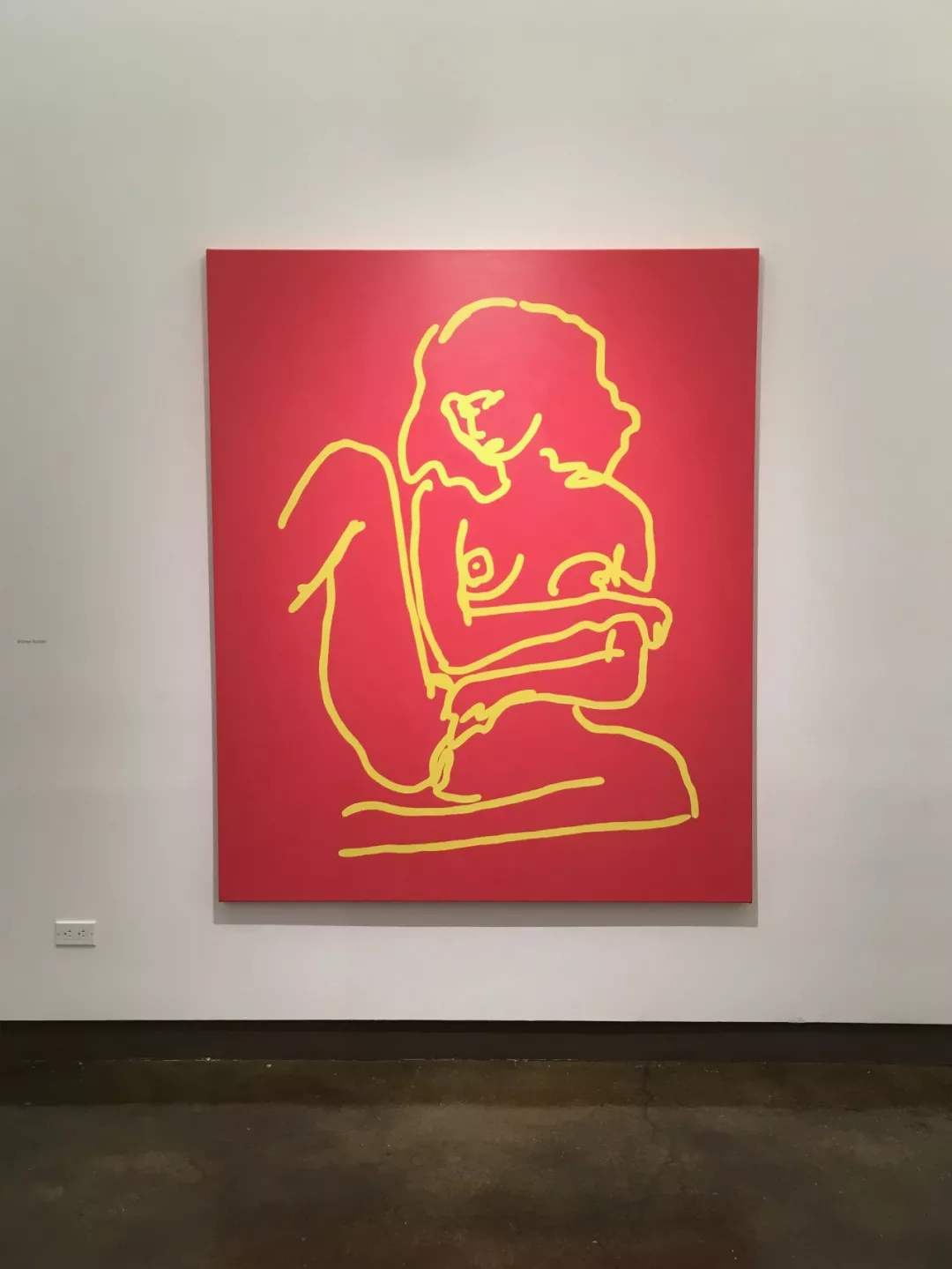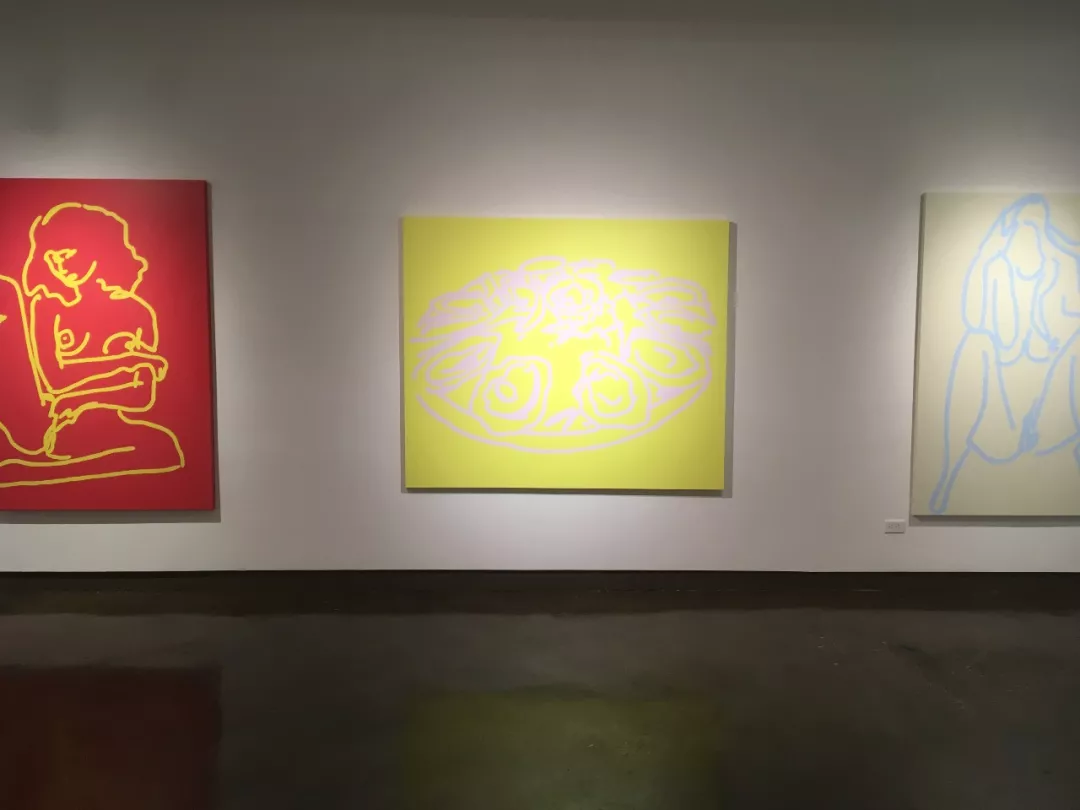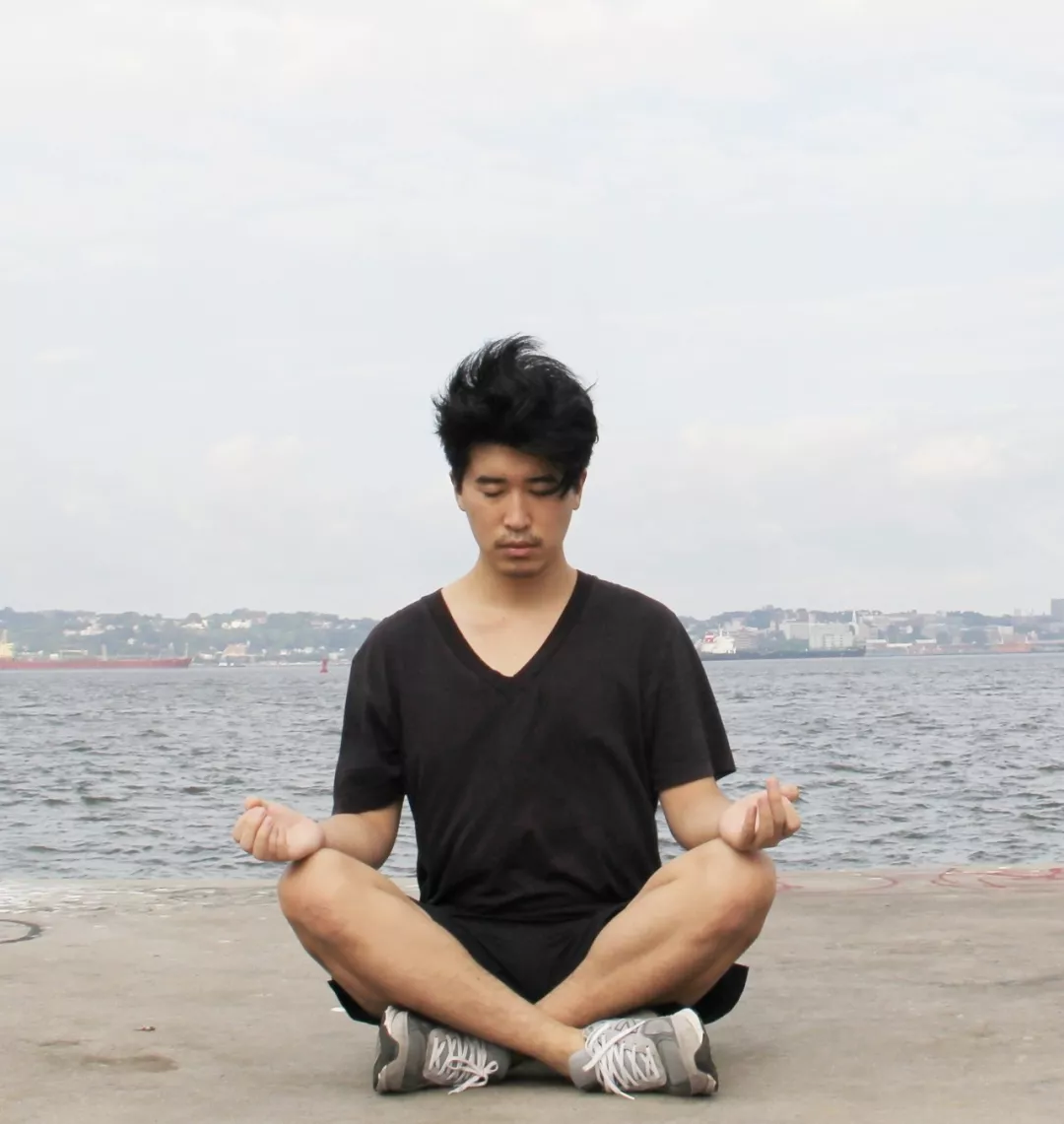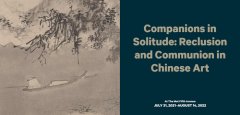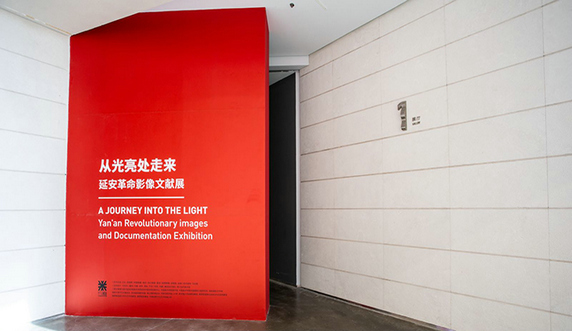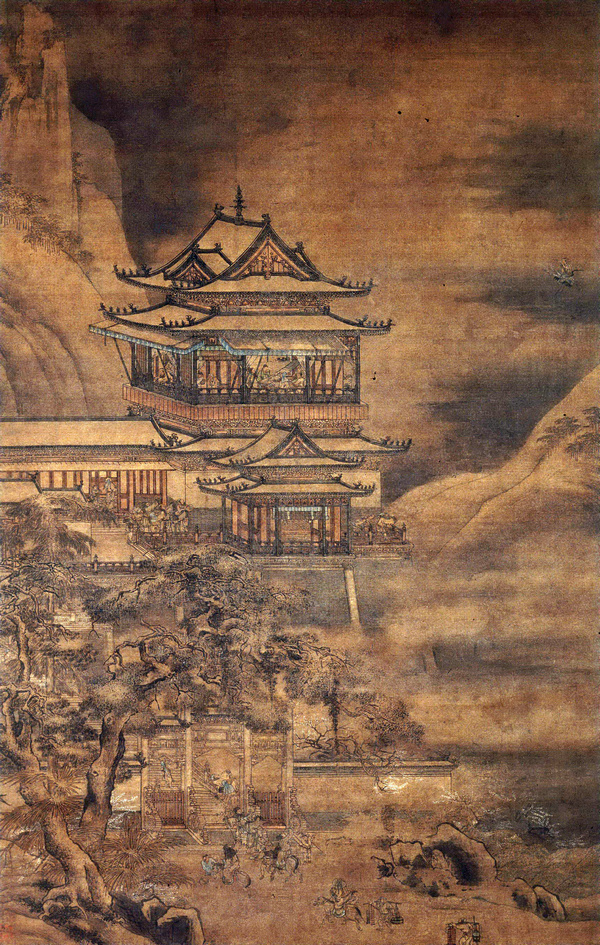|
超越光学展览/纽约/2016年 beyond optics/Newyork/2016 近藤翔平访谈录|我的禅宗绘画 记者:你是用什么技法表现这些作品的,对于技艺与方法的认识是怎么样的?背后蕴含者什么样的观念? 近藤翔平:作为一个观念艺术家,我的材料总是遵循我的想法。我选择在画布上使用丙烯颜料的原因与50年代和60年代的波谱艺术家选择在画布上使用丙烯颜料的原因相同。它很便宜,几乎在每家商店都可以买到,而且可以创造出平滑的肌理。我作品中体现出来的平滑的肌理,缺少像其他绘画那样阴影的效果,没有所谓的透视感,还有对于丙烯的使用——也就是我们常说的平面性——都喻示着我的“禅宗”主题:所有的“观念”都是同时重要但又不具有意义的。我研究的主题是性和死亡;这在视觉艺术史上是最常见的主题。当我冥想时,我感受到欲望激发了我的许多行为,以及我周围人的行为都是被欲望驱使。“性与死亡”这一主题的创作方法,既来自波普艺术,也来自日本传统的琳派绘画。 记者:听说你对禅宗很感兴趣,可以介绍一下吗? 近藤翔平:自幼儿园起,我便开始冥想。我这一生都在冥想,开始接受我们不可能完美的事实。虽被教导说“世俗欲望”是不好的,但我仍然像每个人一样有欲望,正是这个弱点让我成其为人。我决定继续追踪禅宗步伐,但仍然拥抱心怀欲望不完美的我。我的作品可能看起来像是从遥远的地方机械制造而来,亦如沃霍尔(Warhol)的丝网印刷,但不可否认的是,所有作品实际上都是手绘完成。只要近距离仔细看,便可看到我的力争完美之心;画布上有我做记号的痕迹,呈现了我的纠结之态。沃霍尔画的是玛丽莲梦露(Marilyn Monroe)这样的性感人物,而我选择画摆有各种性姿势或性动作的无名人物。我发现我作品中表达的这种讽刺也是禅宗的一种,因为它是关于自我接纳的。 记者:在美国的学习给你了怎样的影响? 近藤翔平:虽然绘画一直被认为是一种以西方为中心的艺术形式,但我却在东方艺术教育和历史背景下逐渐形成了一种富有表现力的画布视觉语言。东西方的主题截然不同。随着西方艺术对我作品的影响越来越大,我去到了西方。我从东方禅宗的信仰体系对西方当代艺术的自由与个人主义进行了探讨:自我接纳和放下。虽然身体及其物质和性在西方是一个压抑性或禁忌话题,但我接受并适应了西方身体的欲望和性,用释放透镜对其进行了描绘。我的作品表现了牡蛎,女人/男人和棕榈树的情色象征—在乌托邦式的虚无原色空间中,甚而用标记手法来表现进而颠覆了原本意图。 记者:你的作品是以探讨性和死亡为主题,是什么启发了你来做这个主题呢? 近藤翔平:我的作品以性与死亡为主题;视觉艺术史上各种文化的最常见主题。仔细想来便会意识到自己的许多行为及周围人的行为都是欲望驱使而为之。我对性与死亡的正式探讨,既受到波普艺术的启发,也受到传统绘画和琳派绘画的启发。 琳派是纸上和面板上金叶。琳派绘画中的底面或黄金空间亦如图形一样重要,这是因为背景或黄金空间亦如图形空间一样重要,它象征着描绘雷神和风神两种人物形象之间的关系。 两百多年来,同样的两种人物形象一直以同样的方式在纸上描绘。唯一有改变的是技巧。艺术作品中图形本身不重要,行为或流贯形式才重要。欧洲前现代艺术作品虽也侧重于从技术上掌握一致形式,但与其不同的是,这类作品不仅注重图形,也注重图形与背景的关系及其空间本质。 1.What kind of way you used to show yourartworks.And what do you think of skill and methods?What kind of concept contained in your works? As a conceptual artist, my materials follow myideas. I choose to work with acrylic on canvas for the same reasons that PopArtists of the 1950s and 60s chose acrylic on canvas. It is cheap, commerciallyavailable, and flat. More than that, acrylic gives out an inorganic plasticfeel, but still retains organic brush strokes – rendering the symbolicintersection of tradition and technology in my work. The evenness of marks andsurface, the lack of shading, the void of perspective, and the opacity andflatness of the material acts as a metaphor for the zen principle that alltopics are equally important or meaningless. My topic is sex and death; This isthe most common theme in the history of visual art. When I meditate, I feelthat desire motivates many of my actions, as well as the actions of thosearound me. The creation method of the theme of "sex and death" comesfrom both pop art and traditional Japanese Rinpa painting. 2.I’ve heard you are interested in zen, can youtell something about zen? When I was in kindergarten, I graduated frommeditation school. I have been meditating for my entire life. I began to acceptthat we cannot be perfect. I was taught that “earthly desires” are not good,but I still have desires as does everyone. That weakness makes me human. Idecide to work on the pursuit of zen but still embrace desire imperfection. Mywork may appear to be mechanically produced from far away,like the silkscreensof Warhol, but it is undeniable that all of the work is actually painted byhand. Up close, you can see my struggle for perfection; the canvas bears thetrace of my mark making and reveals my inconsistencies. While Warhol paintedfamous sex symbols like Marilyn Monroe, I choose to paint anonymous figures invarious sexual pose or actions. I find that this irony of my work is also zen,as it is about the acceptance of the self. 3.What influence bring you from your studies inUS? While painting has been regarded as aWestern-centric art form, I grew up developing an expressive visual language oncanvas through an Eastern Art education and historical context. Subject matterdiffers be- tween the East and the West. Moving to the West with increasedinfluence of Western Art upon my work. I approach the freedom and individualismof Western contemporary art from my Eastern Zen belief sys- tem: acceptance andnon-attachment within oneself. While the body and its material and sexuality inthe West is a subject of oppression or taboo, I accept and adapt Western bodywith its desire and sexuality by portraying them with liberating lens. My workrepresents the erotic symbols of oysters, women/man, and palm trees — andsubvert their original intent by illustrating them with even marks in the midstof a utopian flat color space of nothingness, and emptiness that is areminiscent of Zen thinking. 4.The theme of your works is about sex and death,so what inspired you ? My work resonates with the themes of sexualityand death; the most common themes in the history of visual art regardless ofculture. When I meditate, I realize that desir For over two hundred years, thesame two figures have been depicted on paper in the same manner. The only thingthat changes is the technique. What matters is not the figures themselves, butthe movement, or circulation, of the forms in the artwork. Unlike Europeanpre-modern artworks, which also focused on technical mastery of consistentforms, these works do not focus on the figures alone. They focus on therelationship between the figure and the ground, and the nature of the spacebetween them. 展览现场
展览现场(1)
展览现场(2)
展览现场(3)
CV Shohei Kondo (b. 1986, Japan) is a New York-based artistfrom Japan. His work has been exhibited internationally and venues including,Amakei Gallery (Japan), CAA Museum (China), and SVA Chelsea Gallery (UnitedStates). He is the recipient of the Sanwa Award (Japan) and his work is inprivate collections in the United States and Japan. Kondo holds a BA in FilmStudies from Takarazuka University of Arts and MFA Fine Art from School ofVisual Arts in New York.b.1986,Hyogo, JapanLivesand works in New York 近藤翔平(出生于1986,日本)是一位在纽约工作和生活的日本艺术家。他的作品已经多次在中国美术学院美术馆,纽约视觉艺术学院chelsea画廊(美国),Amakei画廊(日本)等国际平台上展出。他是日本三瓦奖的获得者,多幅作品在美国和日本被私人收藏。近藤毕业于日本的宝冢艺术大学,并获得媒体艺术的学士学位,后在纽约视觉艺术学院的纯艺专业学习,获得艺术硕士学位。 |

